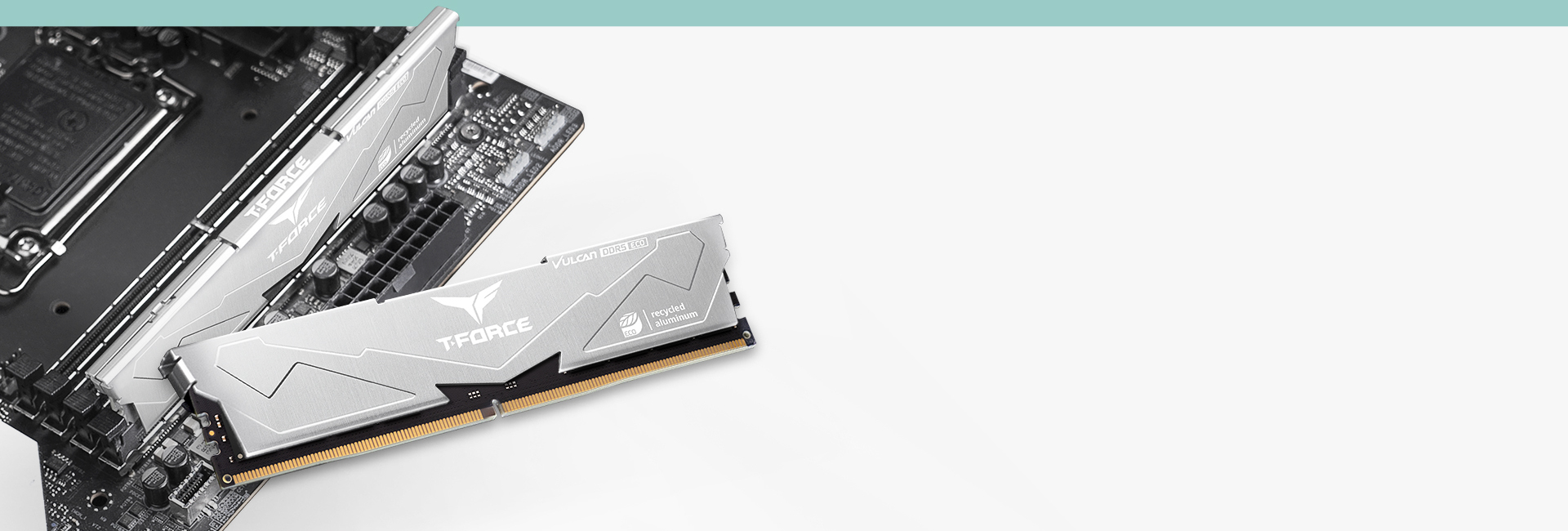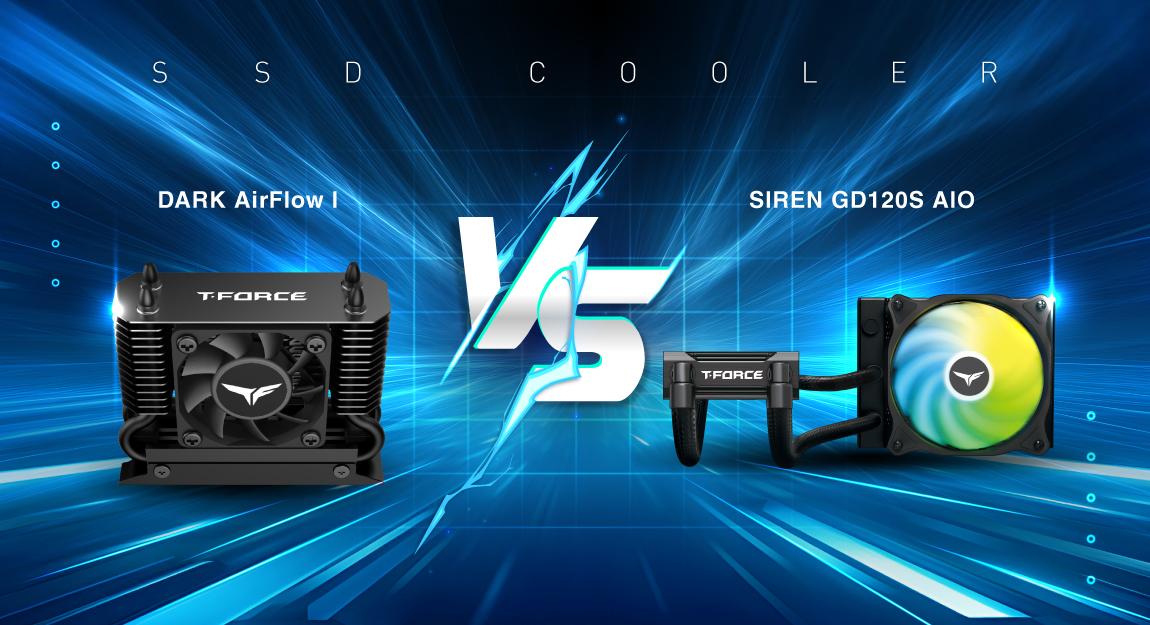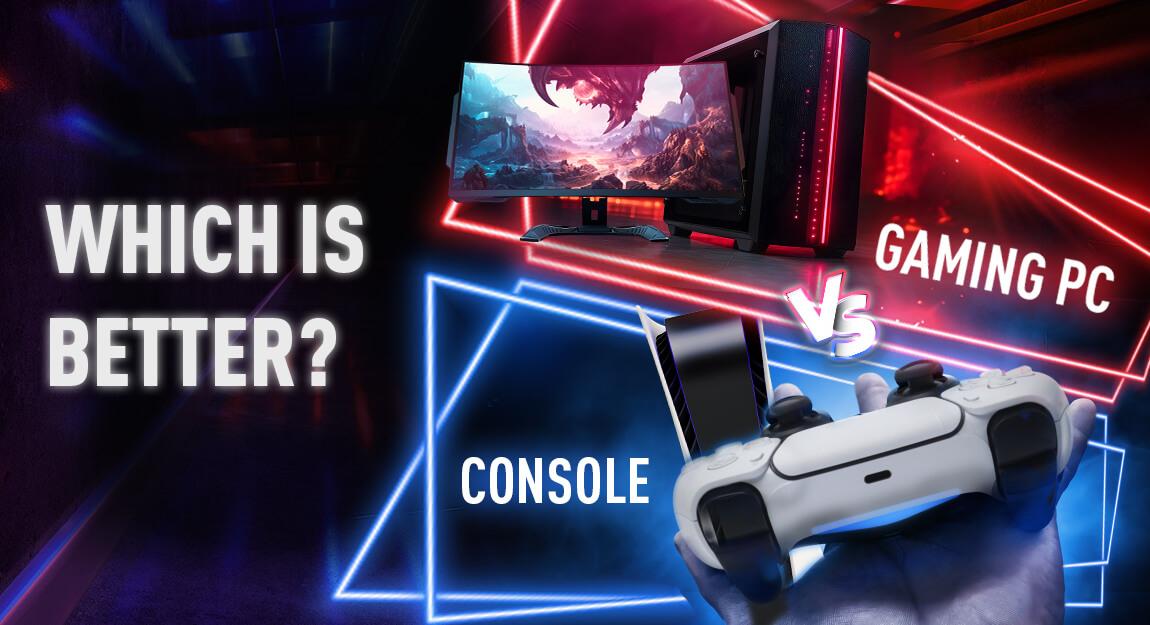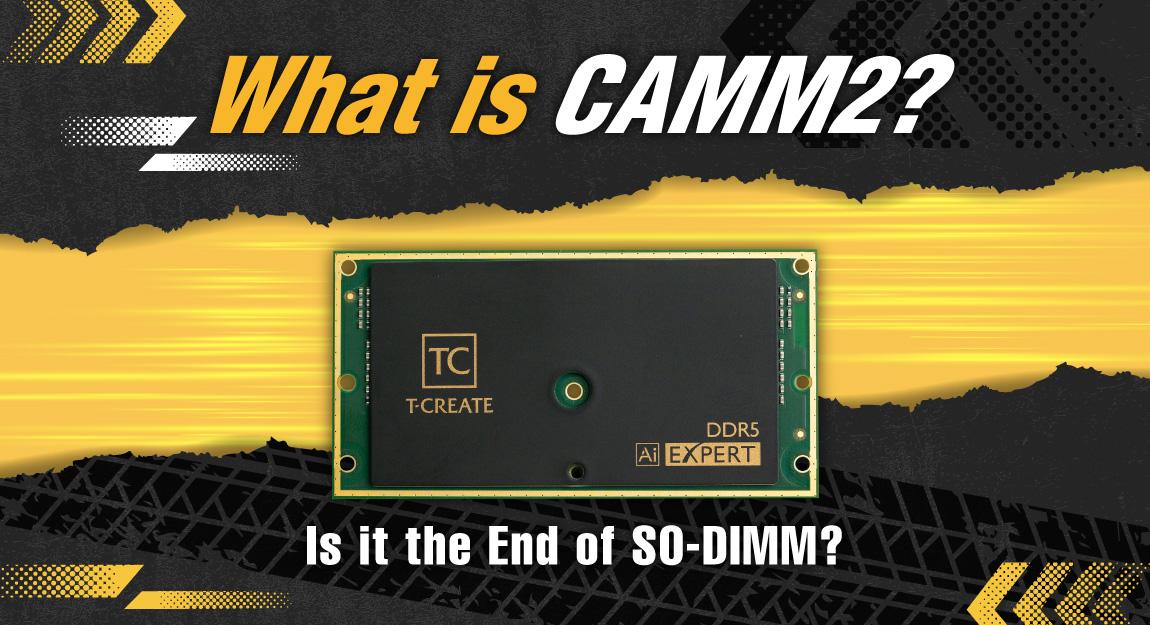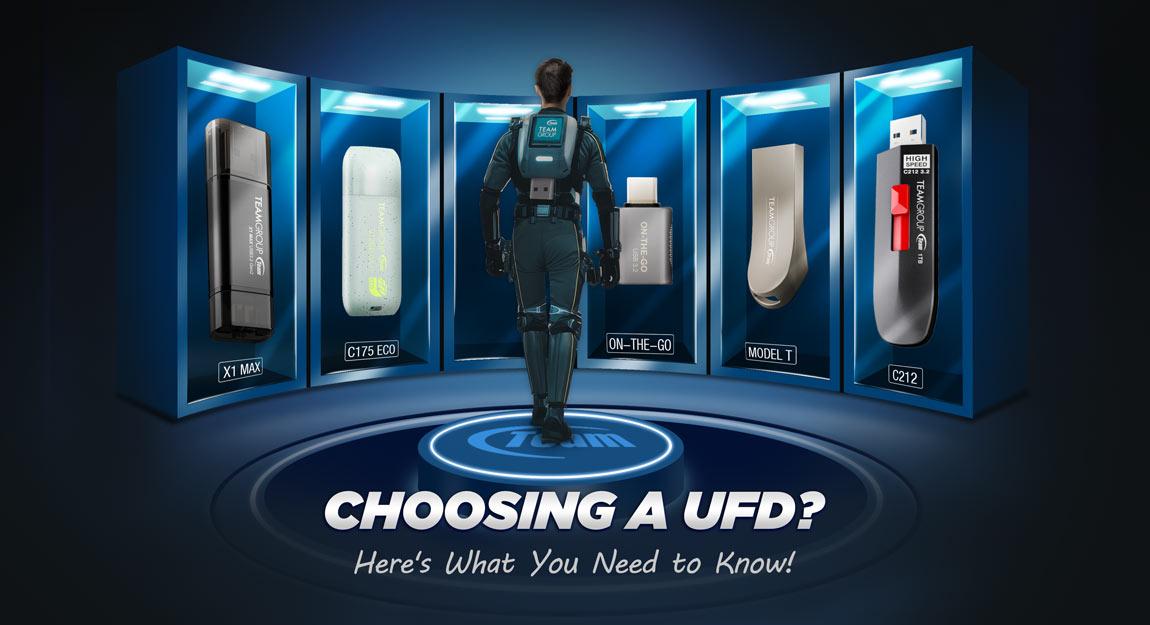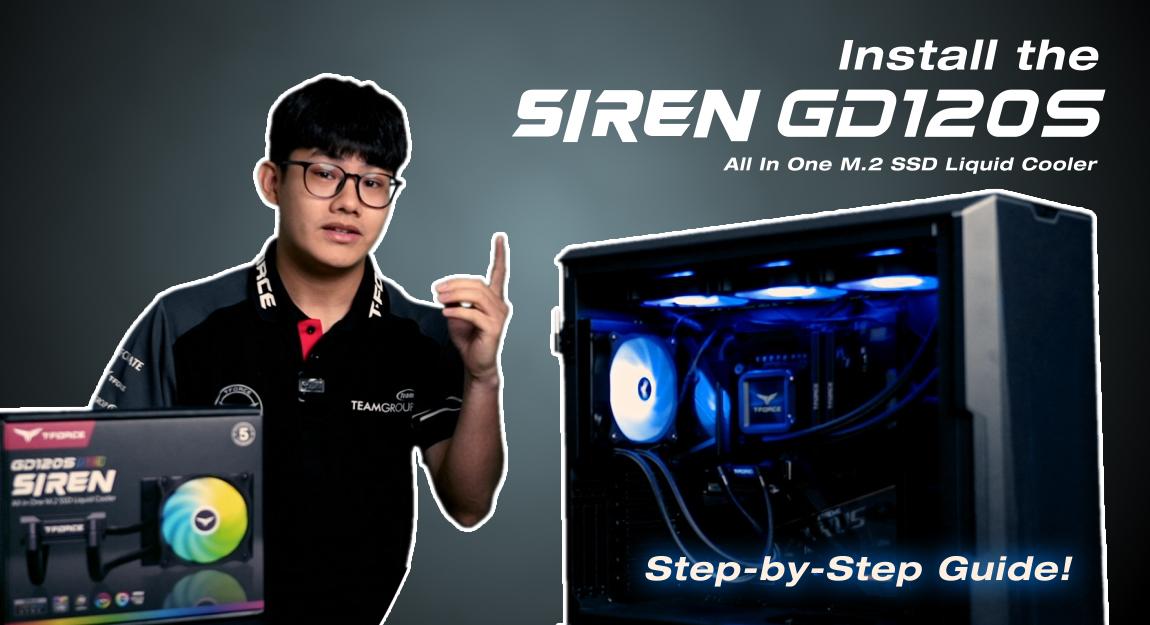Revealing the Secret of XMP⇄EXPO Cross-platform Overclocking
As we enter the DDR5 era, Intel's XMP 3.0 and AMD's EXPO have emerged as the two dominant memory overclocking technologies. However, many gamers may wonder whether DDR5 memory can support cross-platform overclocking while maintaining stable performance. Since the underlying technologies of these two platforms differ, adjustments to the CL value and memory frequency are necessary when switching between platforms to ensure optimal performance. Most DDR5 memory on the market is designed specifically for either XMP or EXPO, leading to common questions such as: Can DDR5 memory be overclocked across platforms? What are the differences in overclocking technology between Intel’s XMP and AMD’s EXPO? Is there DDR5 memory that supports both platforms? Today, We will provide answers to these questions and clear up any confusion!
Table of Contents
- T-FORCE DELTAα RGB DDR5→Intel Platform
- T-FORCE DELTA RGB DDR5→AMD Platform
- Intel XMP 3.0 and AMD EXPO Overclocking Technology Environment
- What Are the Benefits of DDR5 COMBO Modules?
- Conclusion
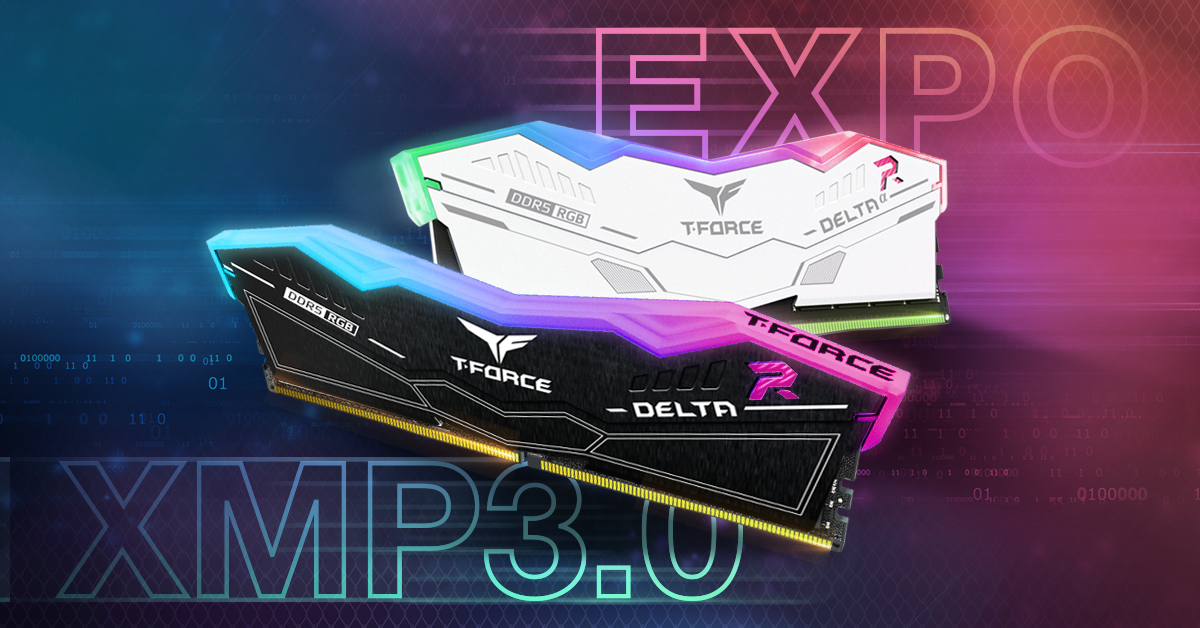
TEAMGROUP has launched overclocking DDR5 specifically supporting the Intel platform and AMD platform, which are
1. T-FORCE DELTA RGB DDR5 with Intel platform XMP 3.0overclocking support
2. T-FORCE DELTAα RGB DDR5 with AMD platform EXPO overclocking support
Today, we will use these two DDR5 models to conduct cross-platform overclocking tests on Intel platform Z790 and AMD platform X670 from ASROCK, ASUS, GIGABYTE and MSI and present the screenshots for cross-platform overclocking switching for your reference.
T-FORCE DELTAα RGB DDR5→Intel Platform
The following are screenshots for cross-platform overclocking of the T-FORCE DELTAα RGB DDR5-6000(for EXPO) from four board manufacturers:
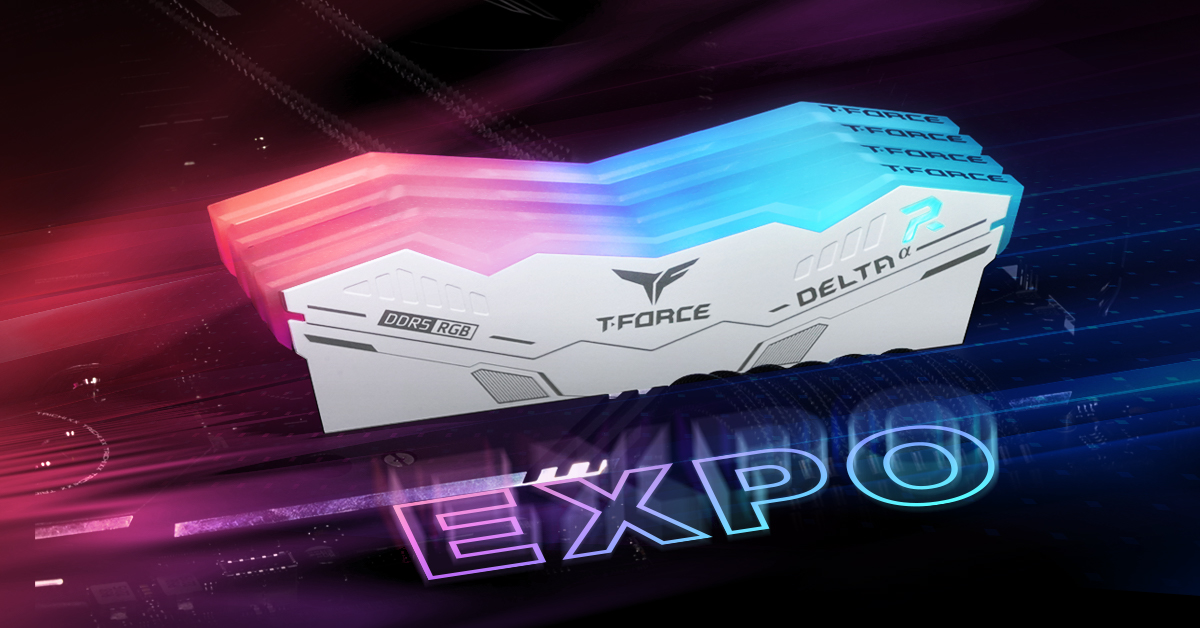
GIGABYTE Z790 AORUS MASTER
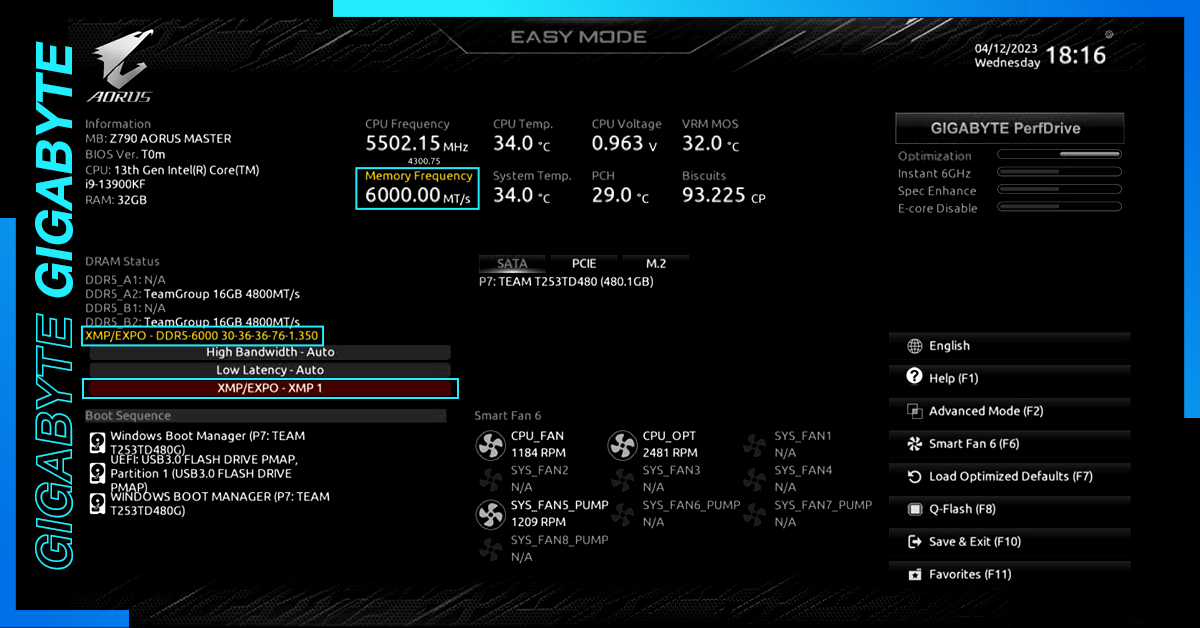
The figure above is a screenshot of T-FORCE DELTAα RGB DDR5 in Z790 AORUS MASTER. After manually entering the BIOS, you can see from the screenshot that XMP/EXPO - XMP 1 was displayed, indicating that basic parameters were recognized and the switching was successfully done.
ASROCK Z790 Taichi Carrara
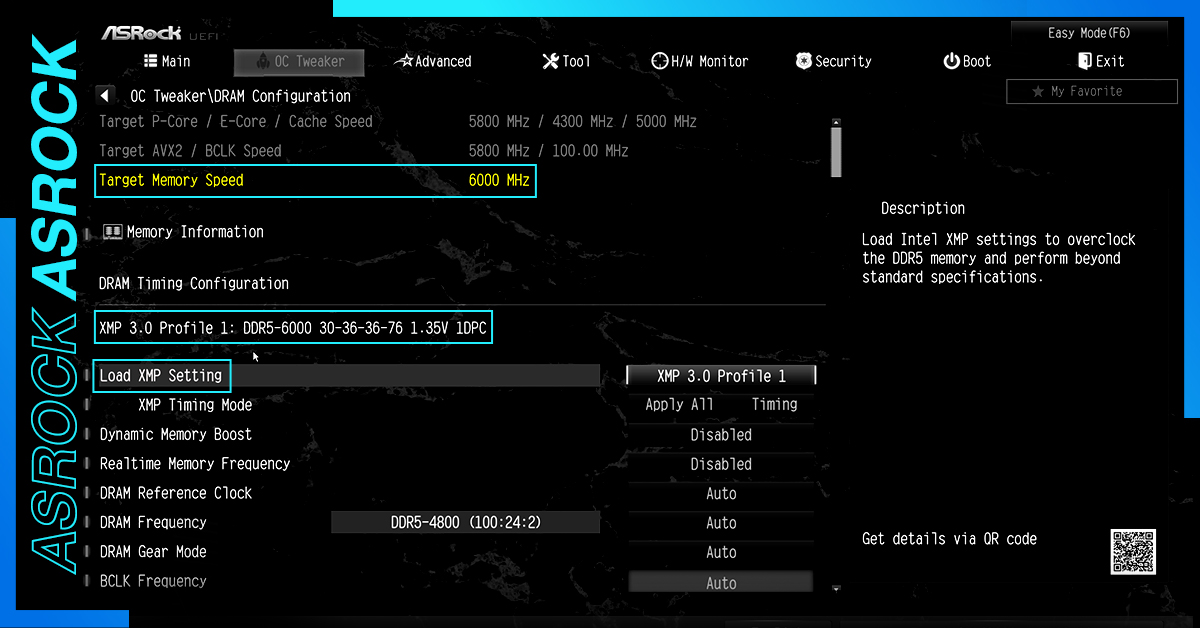
The figure above is a screenshot of T-FORCE DELTAα RGB DDR5 in Z790 Taichi Carrara. After entering the BIOS manually, you can see from the screenshot that the Load XMP Setting was displayed, indicating that basic parameters were recognized and the switching was successfully done.
ASUS ROG MAXIMUS Z790 HERO
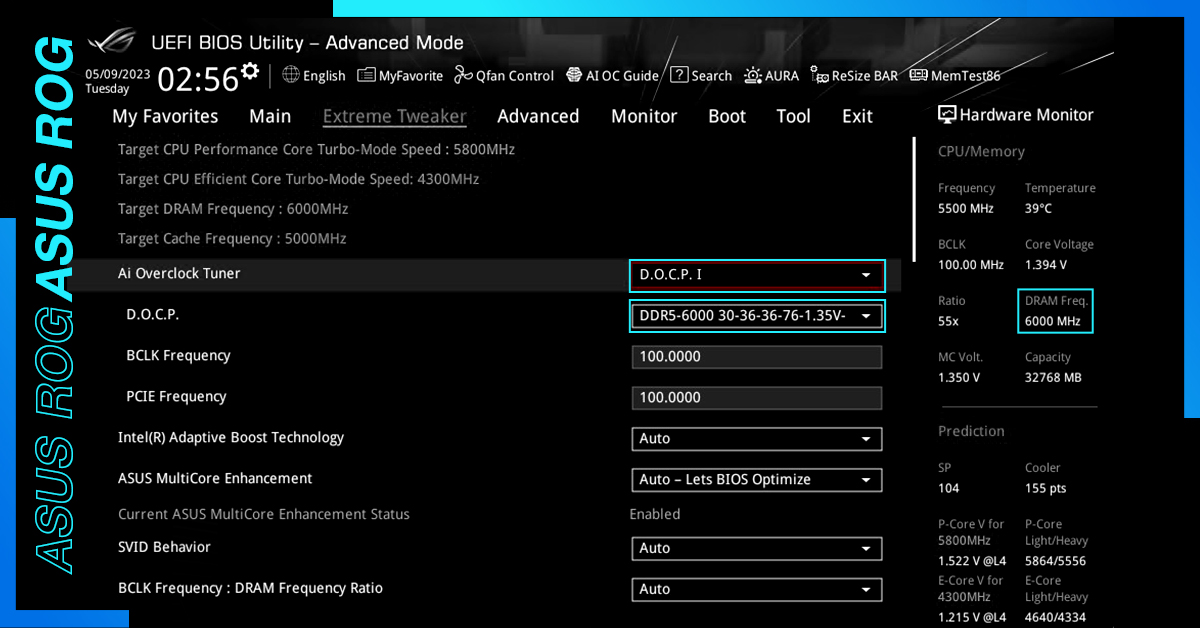
The figure above is a screenshot of T-FORCE DELTAα RGB DDR5 in ROG MAXIMUS Z790 HERO. As you can see, the unique feature of ASUS is that after entering the BIOS manually, D.O.C.P. I. was displayed. This is an ASUS customization to indicate successful switching from the XMP→EXPO display, and basic parameters are recognized.
MSI MPG Z790 CARBON WIFI
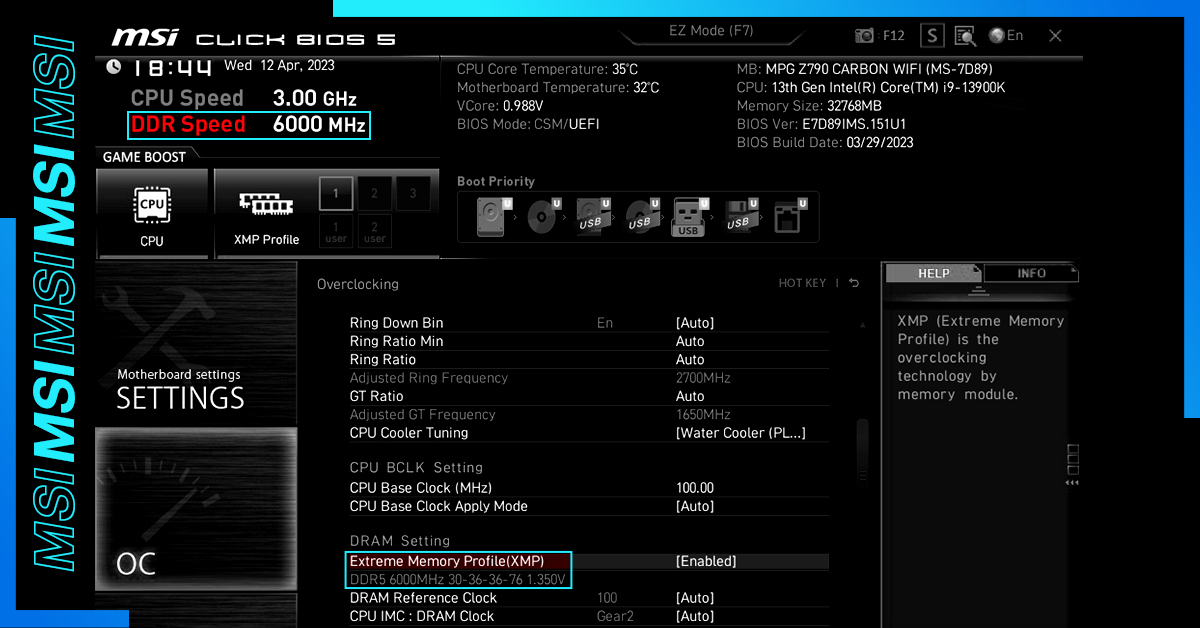
The figure above is a screenshot of T-FORCE DELTAα RGB DDR5 in MSI MPG Z790 CARBON WIFI. After entering the BIOS manually, you can see from the screenshot that the Load XMP Setting was displayed, indicating that basic parameters were recognized and the switching was successfully done.
T-FORCE DELTA RGB DDR5→AMD Platform
The following is a screenshot of the cross-platform overclocking using the T-FORCE DELTA RGB DDR5-6000 from four board manufacturers:
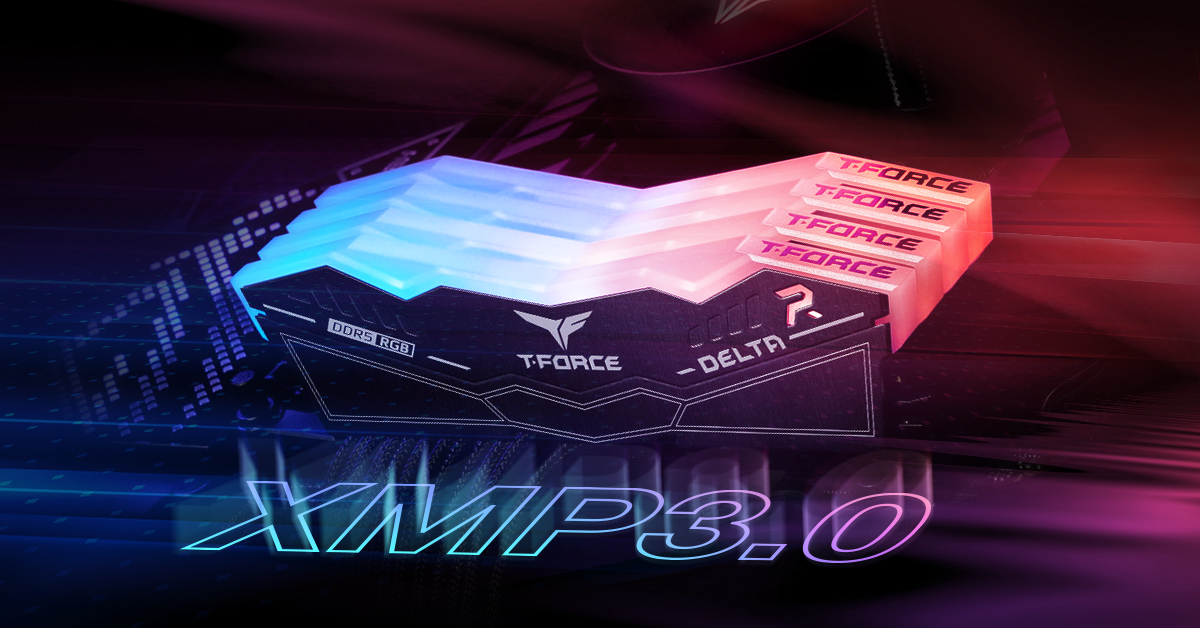
GIGABYTE X670E AORUS MASTER
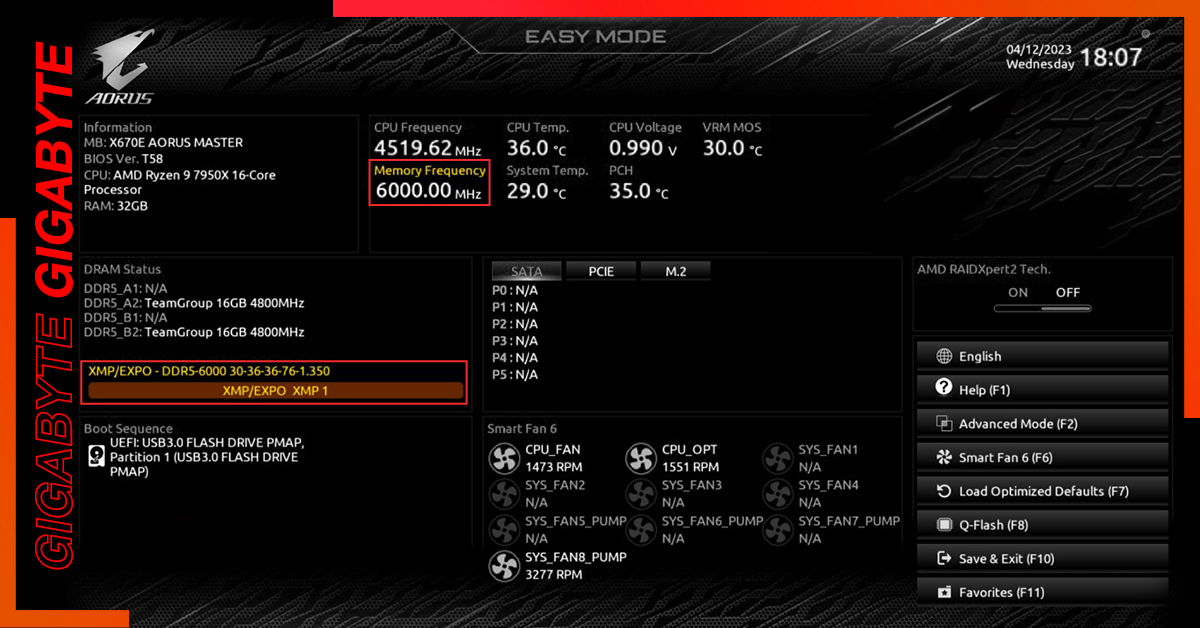
The figure above is a screenshot of the T-FORCE DELTA RGB DDR5 in X670E AORUS MASTER. After manually entering the BIOS, you can see from the screenshot that XMP / EXPO - XMP 1 was displayed, indicating that basic parameters were recognized and the switching was successfully done.
ASROCK X670E Taichi Carrara
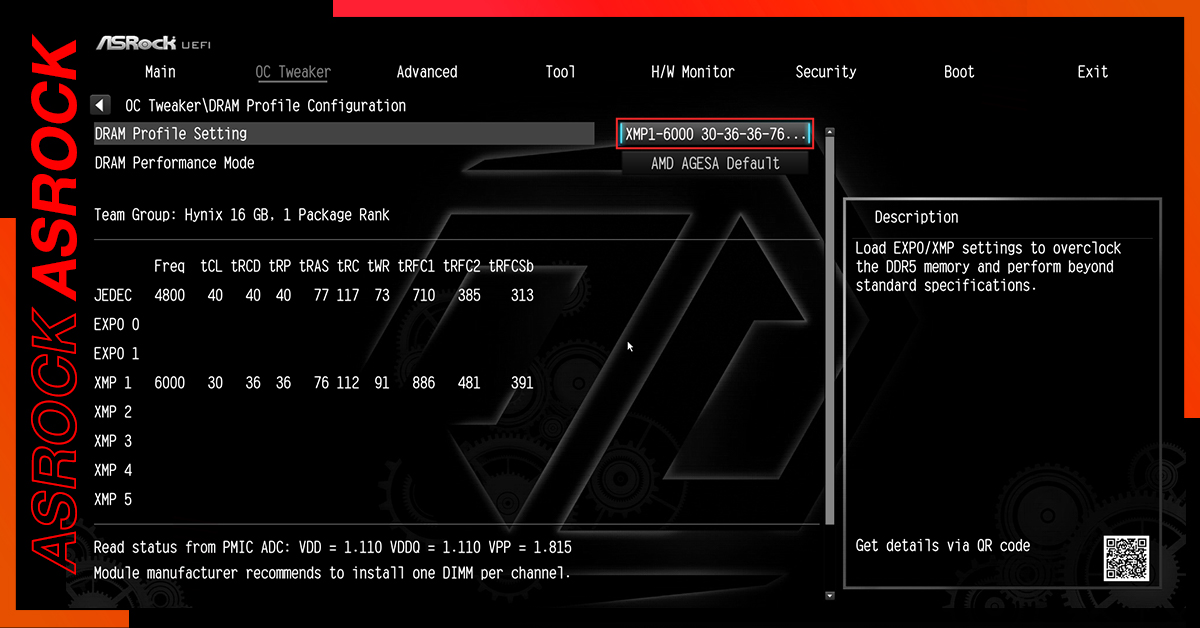
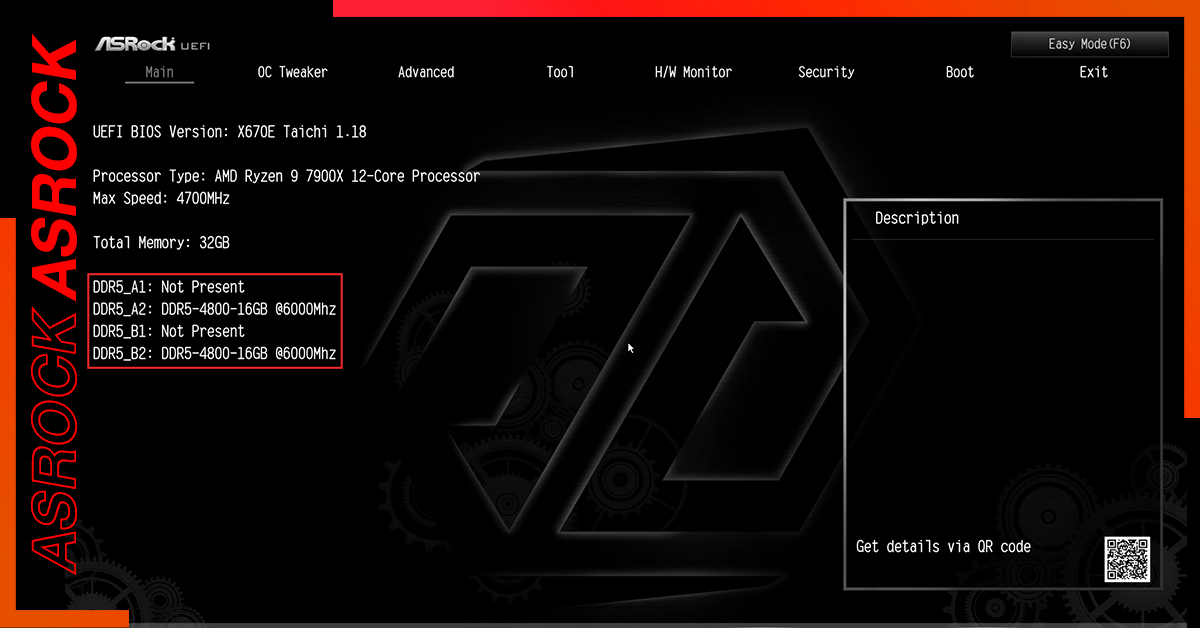
The figure above is a screenshot of the T-FORCE DELTA RGB DDR5 in X670E Taichi Carrara. After manually entering the BIOS, you can see from the first screenshot that XMP1-6000 was displayed. The second screenshot verified that the frequency was 6000MT/s, indicating that basic parameters were recognized and the switching was successfully done.
ASUS ROG CROSSHAIR X670E HERO
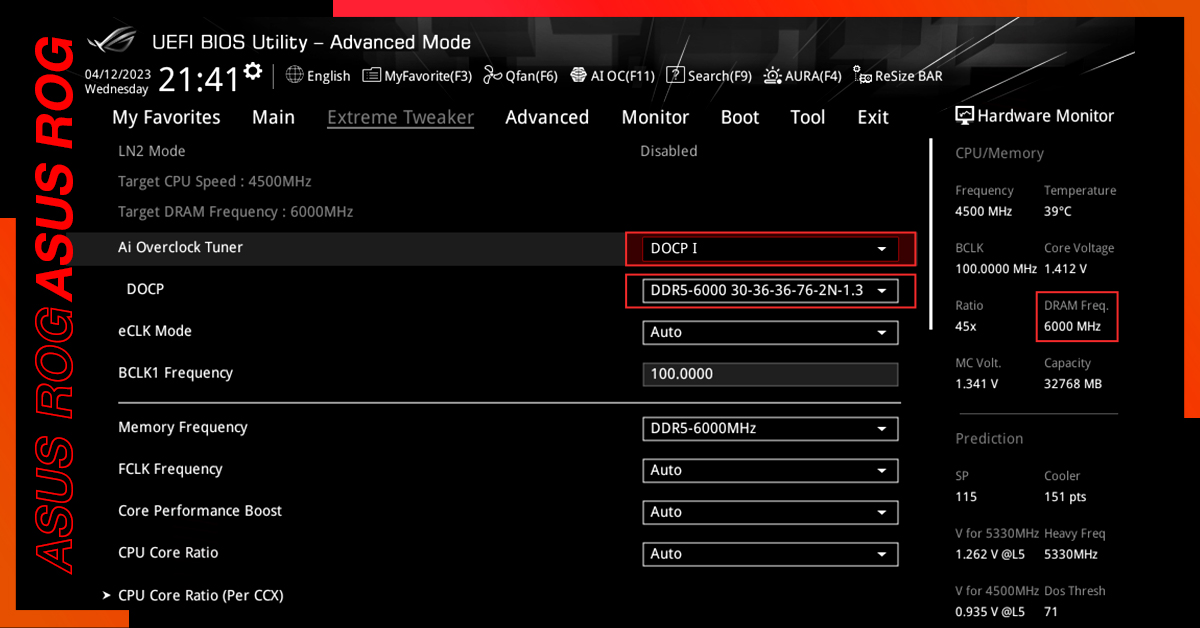
The figure above is a screenshot of the T-FORCE DELTA RGB DDR5 in ROG CROSSHAIR X670E HERO. You will discover the unique feature of ASUS. You can see from the screenshot that DOCP I was displayed (D.O.C.P. I was displayed for XMP→EXPO). This ASUS customization indicates successful switching from EXPO→XMP display, and basic parameters were recognized.
MSI MPG X670E CARBON WIFI
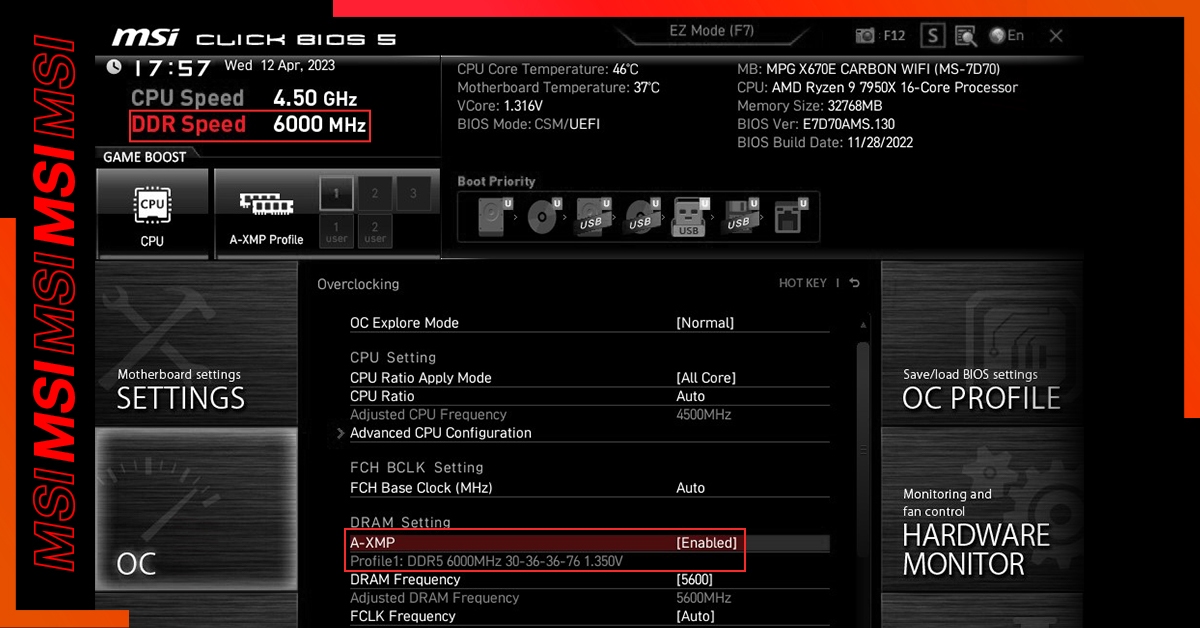
With the MSI board, you will also discover a relatively unique feature. You can see from the screenshot that A-XMP was displayed. This MSI customization indicates successful display switching, and basic parameters were recognized.
Kind reminder
Regarding the AMD platform, cross-platform overclocking display switching is possible. However, it remains to be seen whether the actual overclocking performance can be retained and whether the booting procedure can be completed. Currently, the AMD platform only supports up to DDR5-6400 frequency in terms of stability but allows EXPO→XMP switching and retains overclocking performance. If you got the memory DDR5-6400, you could have cross-platform overclocking performance on both Intel and AMD platforms. However, if you got the memory with specifications above DDR5-6400, basic parameters will be recognized on the AMD platform, and the display switching indicator will be displayed. However, all high speed overclocking DRAMs need to pair with the same high level of motherboards and CPUs to make overclocking performance successfully. You should be aware of that!
For this part, you can refer to the following figure: a screenshot of T-FORCE DELTA RGB DDR5-7200 in X670E AORUS MASTER and ASUS ROG CROSSHAIR X670E HERO.
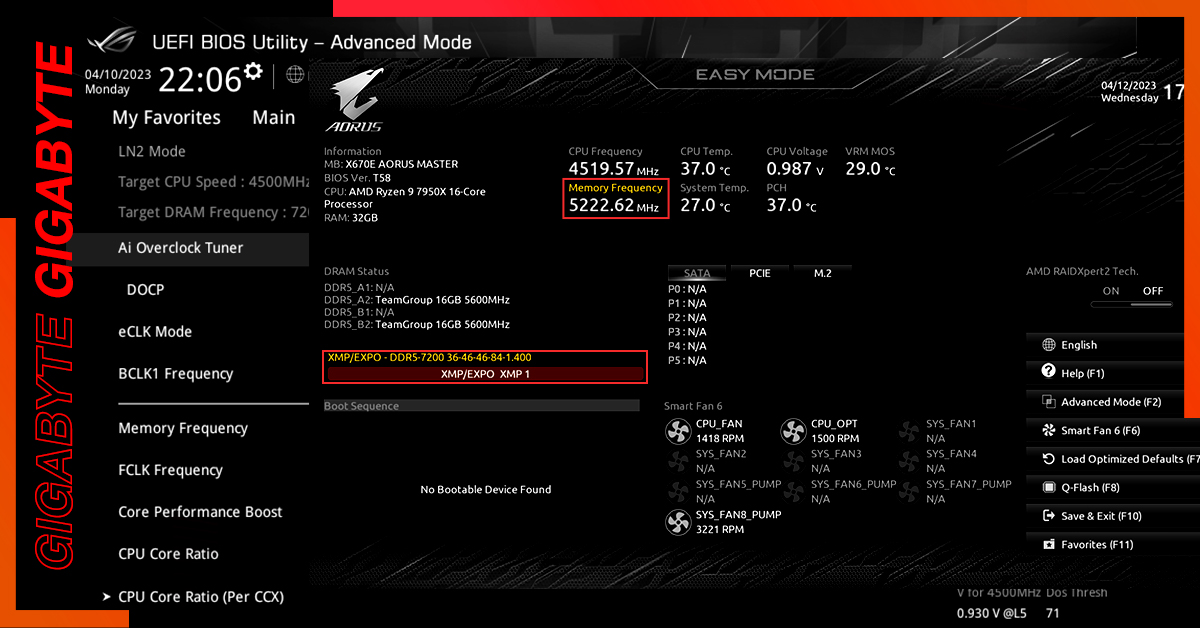
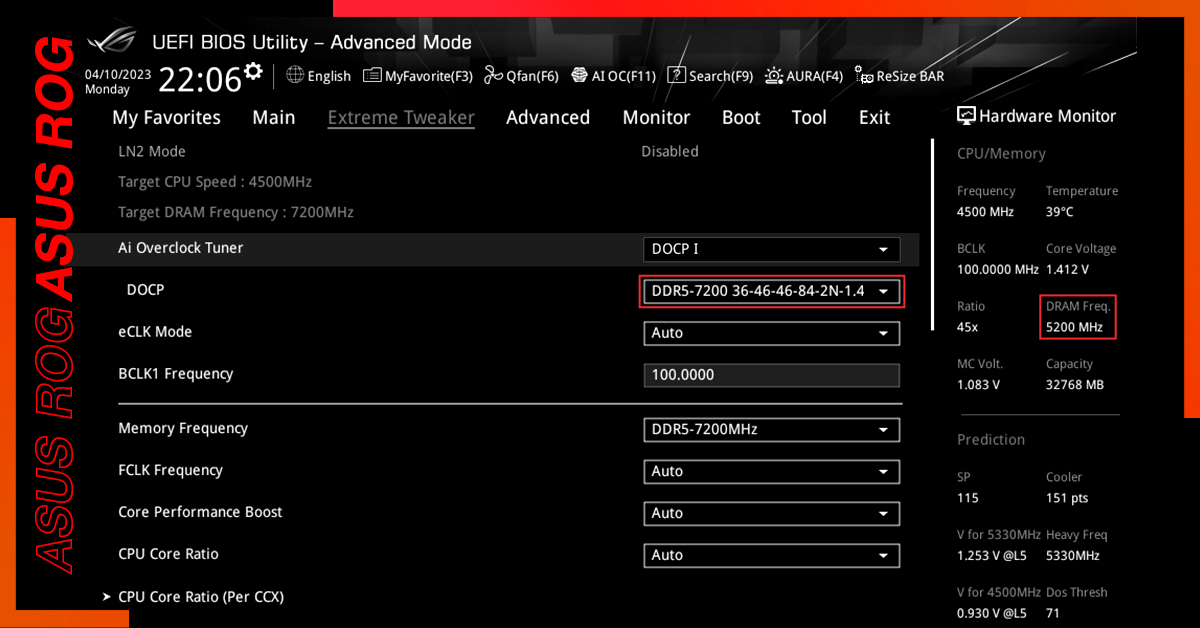
You will discover that both boards can read T-FORCE DELTA RGB DDR5-7200, indicating that the switching was successfully done. However, the frequency was only around 5200MT/s rather than 7200MT/s, indicating that the default value of the board was used for booting.
Intel XMP 3.0 and AMD EXPO Overclocking Technology Environment
Currently, overclocked DDR5 memory on the market shows that Intel’s XMP 3.0 can support a maximum frequency of 8200 MT/s. For instance, TeamGroup’s high-end XTREEM DDR5 in the T-FORCE series has a maximum specification of 8200 MT/s. In contrast, AMD’s EXPO technology supports a maximum frequency of 6400 MT/s. To cater to the AMD platform, TeamGroup has released two α series DDR5 modules, T-FORCE DELTAα DDR5 and VULCANα DDR5. Some may interpret this as Intel's platform being superior in terms of overclocking capabilities, but while it's true that Intel’s platform offers more stability at higher overclocking speeds, overclocking memory doesn’t necessarily equate to better overall performance. The pursuit of extreme overclocking is not always the primary concern for every user when choosing memory. Factors like CL value and capacity configuration are also critical considerations. Both Intel and AMD platforms have their own unique features and cater to different user needs. Therefore, the quality of a platform should not be judged solely by its overclocking potential.
What Are the Benefits of DDR5 COMBO Modules?
After discussing cross-platform overclocking and the current overclocking trends on Intel and AMD platforms, let's dive into what kind of performance the new COMBO DDR5 modules bring to the table. "COMBO" refers to a combination, meaning that these modules integrate overclocking performance for both platforms into a single DRAM module. Team Group refers to these modules as dual-mode memory. TeamGroup has designed these modules to embed two sets of parameters: one for Intel platforms and one for AMD platforms, while also incorporating one or two sets of JEDEC specifications. For example, the T-FORCE VULCAN ECO DDR5 is a dual-mode specification that caters to both Intel and AMD systems. This design allows the T-FORCE VULCAN ECO DDR5 to deliver stable overclocking performance on both Intel and AMD platforms. As a result, enthusiasts of both platforms can confidently use the T-FORCE VULCAN ECO DDR5, knowing it will perform reliably across different setups.
Conclusion
To conclude, We compiled the verification of the EXPO→XMP and XMP→EXPO switching prepared exquisitely by TEAMGROUP and would like to provide a kind reminder to everyone. It is not that important as to whether the DDR5 itself is a Combo since major board manufacturers nowadays have been able to achieve display switching. However, the overclocking performance after switching will vary, depending on the technology that Intel and AMD platforms support. I hope this helps everyone gain a better understanding of “cross-platform” overclocking. See you next time!
RELATED Blog
1
9
11.Jun.2025
Green Tech: Performance Meets Sustainability
05.Mar.2025
Gaming PC vs. Console: Which is Better?
12.Dec.2024
Understanding CAMM2: Is it the End of SO-DIMM?
30.Oct.2024



